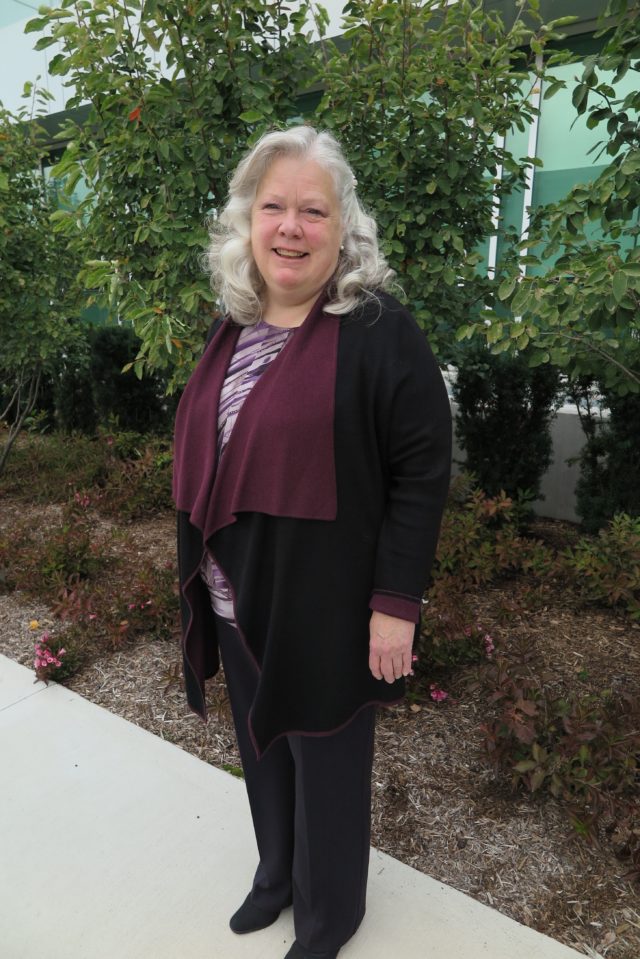It was Christmas 1965 when Ann Imrie’s uncle took one look at her and knew she had diabetes. He had diabetes himself and recognized the signs, but he didn’t have the heart to tell Ann’s mother during the holidays.
She was diagnosed a few days later. Ann remembers the date – Jan. 4, 1966. “I was 10. I had dropped 20 pounds in two weeks. I remember being so thirsty I ate an entire box of mandarins all at once, one after another.”
Ann describes an “over protected” childhood being “watched like a hawk” by her worried parents who limited her to more sedentary activities. She was the only student with diabetes in her school, which inspired so much awe and intrigue among her classmates that one boy chose diabetes as the subject of his Grade 6 speech.
Like many others, Ann was told that she would not live a long life. She gave up on her dream of becoming a nurse because the hours, she was warned, would be impossible to manage.
Fifty-six years later, it’s a very different world for those living with Type 1 diabetes, and few are as struck by the stark contrast as Ann, whose daughter was diagnosed 24 years ago, at age 13.
“I was in and out of hospital, staying up to two weeks at a time,” says Ann. “My daughter has never spent any time in the hospital except to have her baby. She was a figure skater. Whatever she wanted to do she could do.”
Ann credits the difference to better diabetes testing, control, research and knowledge. Like her daughter, she uses an insulin pump. And like her daughter, there are now no limitations to what she can accomplish with a little planning.
